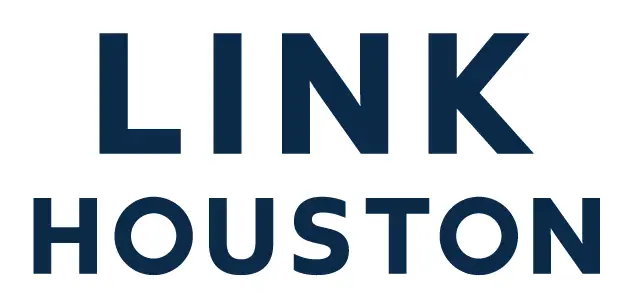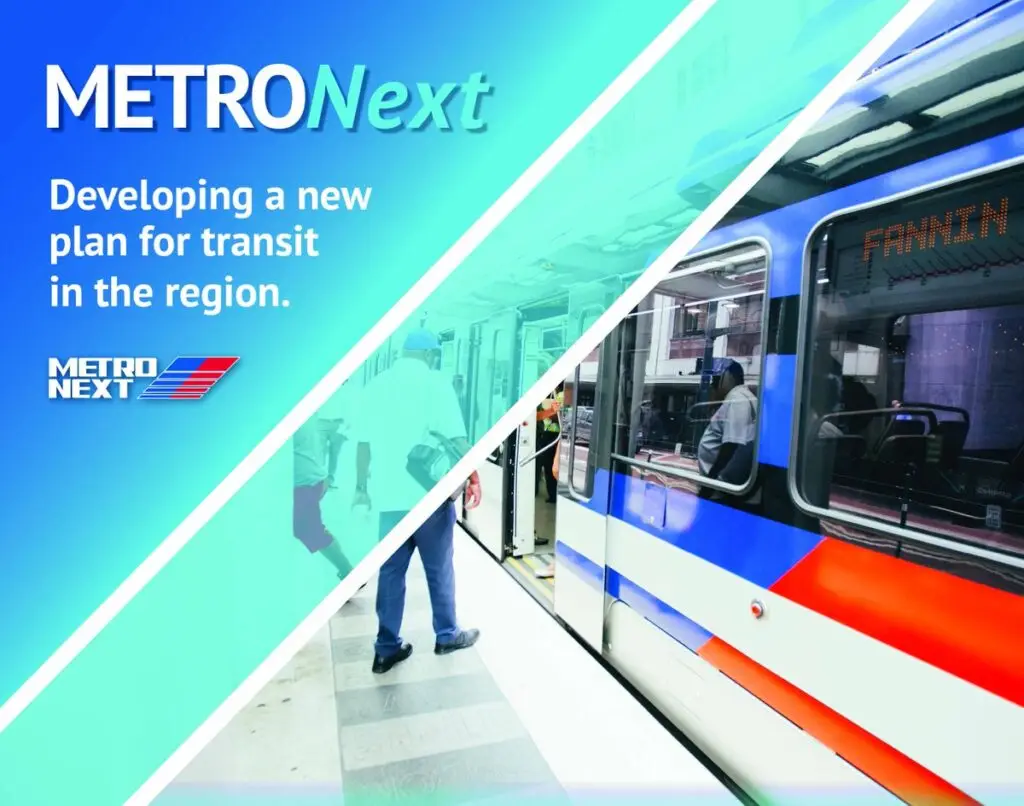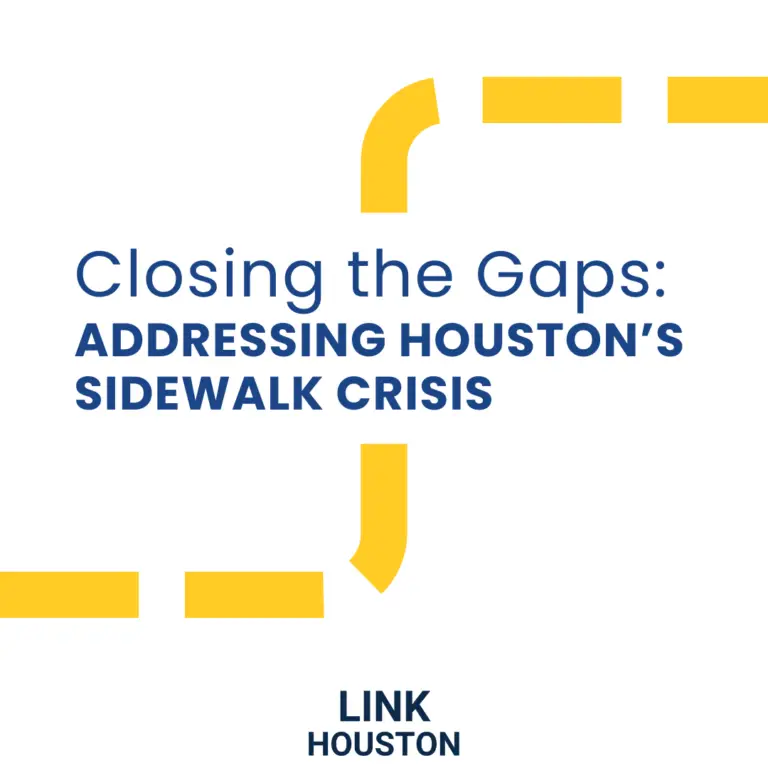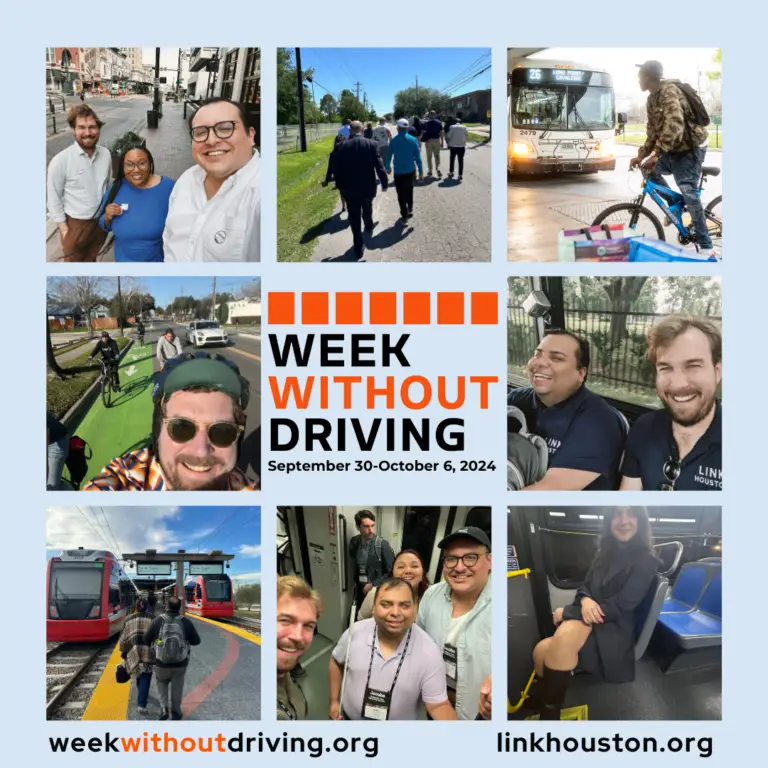[fusion_builder_container hundred_percent=”yes” hundred_percent_height=”no” hundred_percent_height_scroll=”no” hundred_percent_height_center_content=”yes” equal_height_columns=”no” menu_anchor=”” hide_on_mobile=”small-visibility,medium-visibility,large-visibility” status=”published” publish_date=”” class=”” id=”” background_color=”” background_image=”” background_position=”center center” background_repeat=”no-repeat” fade=”no” background_parallax=”none” enable_mobile=”no” parallax_speed=”0.3″ video_mp4=”” video_webm=”” video_ogv=”” video_url=”” video_aspect_ratio=”16:9″ video_loop=”yes” video_mute=”yes” video_preview_image=”” border_size=”” border_color=”” border_style=”solid” margin_top=”” margin_bottom=”” padding_top=”” padding_right=”” padding_bottom=”” padding_left=””][fusion_builder_row][fusion_builder_column type=”1_1″ layout=”1_1″ background_position=”left top” background_color=”” border_size=”” border_color=”” border_style=”solid” border_position=”all” spacing=”yes” background_image=”” background_repeat=”no-repeat” padding_top=”” padding_right=”” padding_bottom=”” padding_left=”” margin_top=”0px” margin_bottom=”0px” class=”” id=”” animation_type=”” animation_speed=”0.3″ animation_direction=”left” hide_on_mobile=”small-visibility,medium-visibility,large-visibility” center_content=”no” last=”no” min_height=”” hover_type=”none” link=””][fusion_text]Thirty-five billion dollars. That’s the price tag for the long-awaited, long-term vision plan METRONext.
At the METRONext Board workshop on July 26, METRO staff presented a pie-in-the-sky outlook for an improved transportation network with light rail extensions, including to Hobby Airport; bus rapid transit; increased frequency buses (branded the BOOST Network) across key corridors; and two-way, all-day, 7-day, Park-and-Ride. Every scenario included capital improvement projects, universal accessibility, 10 percent increase in local bus service, first/last mile connections, and, when possible, new technologies. Board Chair Carrin Patman provided caveats before, during, and after the presentation to emphasize this iteration of METRONext was for “preliminary discussion purposes” with no commitments or guarantees of feasibility.
Who’s got $35 billion? Not METRO. Based on assumptions of existing sales tax rates, the General Mobility Program (which ends in 2040), 45 percent debt/55 percent grant ratios for major capital projects, and financial forecasts by UH’s Bauer School of Business professor Dr. Robert Gilmer, METRO estimated it could complete only three to eight percent ($1.05 to $2.8 billion) in projects identified in METRONext during FY 2019 to FY 2040. During the workshop, METRO focused only on two scenarios – Plans A and B – in this price range and did not specifically address other projects amounting to the rest of the $35 billion.
But what’s a billion or two? Chair Carrin Patman recognized that even three percent of the $35 billion menu would prove a significant undertaking. She repeated throughout the afternoon that METRO would only pursue bonds for what it could repay. Taking a sanguine approach, she delicately addressed how the mid-term elections and 2020 presidential elections could shape the availability of federal funding, as well as general support in Washington. Board member General Jim Robinson cautioned that the current steel and aluminum tariffs could negatively impact the cost projections of infrastructure projects. Bringing us back to reality of the bond, Board member and former Bellaire mayor Cindy Siegel critiqued that there were not enough big projects in the Katy and 290 corridors to appeal to those voters, who are needed to pass a bond referendum. Board member Sanjay Ram humorously noted that the delta in the projected funding availability — $1.75 billion — was “more than the pie itself.”
Plan A, the $2+ billion option, included three new BRT lines – University (Westchase to Gulfton to UH/TSU), Inner Katy, and an Uptown extension – as well as Red and Purple Line connections to Hobby Airport and a Red Line connection to Tidwell. Plan A also included new transit centers in Gulfton and Tidwell/Fulton (Northline), plus several park-and-ride extensions to the suburbs along every major highway corridor – extensions which would require partnerships with private and/or other governmental partners (for capital and operating costs).
Plan B, the $1 billion option, lost the critical University BRT option across Gulfton. Of note, it retained the Red Line extension to Tidwell, but it didn’t include the Hobby connection.
Equity assessment: The staff clearly attempted to address social and geographic equity. However, whether METRONext is an equitable approach to transportation comes down to what METRO can afford.
Successful transit initiatives in Seattle, Los Angeles, and Atlanta relied on sales tax authority and campaigns that made communities aware of the specific benefits of projects. First, METRO would rely on far more limited bond authority.
Still smarting from 2003, METRO continues to face a trust deficit with communities that never saw projects realized. METRONext will worsen this problem with low-income and suburban communities as it tries to tackle tradeoffs. Whether (or rather to what extent) METRO sacrifices the BOOST Network or other local bus improvements inside the loop in order to appeal to West Houston voters, who have demanded costly park-and-ride options (and rejected local bus service), will determine the degree to which social and geographic equitable outcomes are realized. While the Board vocalized concern about voters interested in Park-and-Ride service, the reality is that 67 percent (or 185,278 trips) of METRO’s rides are on local buses.
To make this work, METRO needs to be as blue sky-yet-pragmatic with the funding and financing as it has been with the recommended improvements. Taxes are unpopular, yet maybe there’s some form of an airport tax that could support rail extensions to the airport. There also needs to be better and more transparent research on who rides transit, including new or potential riders across the city and not only in the suburbs. Existing riders on local buses, who are equally important constituents, are spread throughout the city. A deeper understanding of current METRO riders and ridership should be made public and analyzed with consistency, not with overly optimistic projections that buck trends.
Density is always part of decision making for transit policies. METRO needs to be more consistent with its equity-density equation. BRT connecting Gulfton, the most densely populated neighborhood, which also has a high poverty rate and one of the lowest car ownership rates in the city, is among the projects dropped in Plan B, indicating that it’s not a core priority. To repair its credibility, METRO needs to uphold its commitment to equity and density, and not just play to politics.
Detailed METRONext information is available here and here.[/fusion_text][/fusion_builder_column][/fusion_builder_row][/fusion_builder_container]






